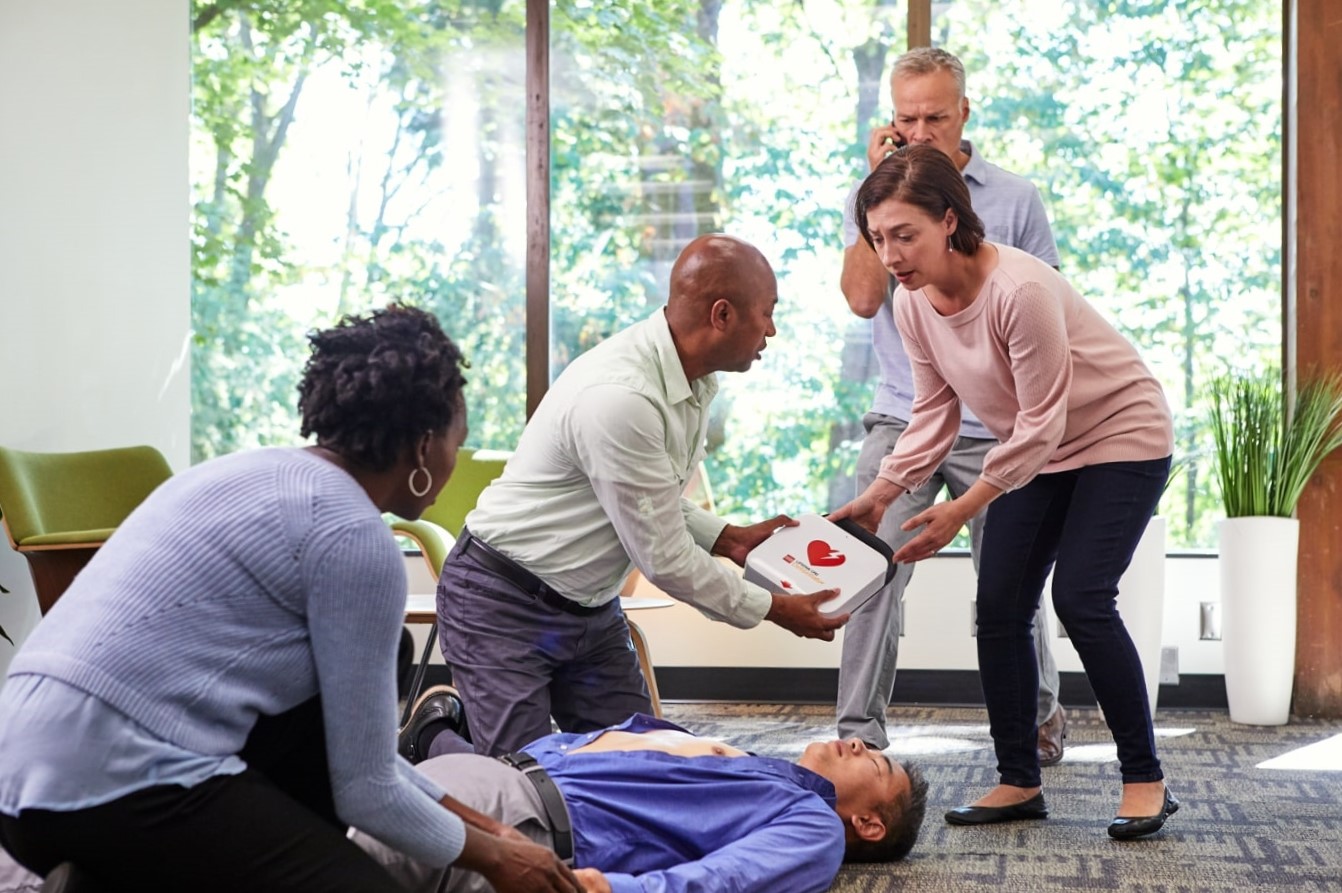
Cardiac arrest, the EENA document for voluntary rescuers and citizens
When a person suffers a cardiac arrest, the time to treatment is of the utmost importance. While professional help is arriving on scene, citizen first responders can play a crucial role
Cardiac arrest: EENA’s latest document explores how volunteer responders can be engaged to save lives
Over the last decades, efforts have been made to educate the public in early recognition of cardiac arrest and in cardiopulmonary resuscitation (CPR).
Many countries have also created public AED programmes, which make defibrillators available in society.
Introducing a lay responder system can therefore further improve these efforts and ensure that AEDs and emergency first aid are used as quickly as possible when an out-of-hospital cardiac arrest occurs.
Citizen first responder systems are currently present in nearly half of all European countries and have been advocated strongly by international guidelines.
Registered volunteers can be alerted through their mobile phones of a nearby emergency so that resuscitation can take place immediately.
DEFIBRILLATORS OF EXCELLENCE IN THE WORLD: VISIT THE ZOLL BOOTH AT EMERGENCY EXPO
What kind of solutions are available to engage volunteer responders in cardiac arrest rescue interventions?
What factors should be considered when implementing such a system?
EENA’s new document “Citizen Response to Cardiac Arrest” highlights the benefits and challenges of different systems, while also providing recommendations for countries developing first responder programmes.
The EENA document for voluntary rescuers in cardiac arrest practice
arresto cardiaco 2021_10_19_Citizen_Response_to_Cardiac_ArrestRead Also:
EENA Conference & Exhibition 2021: EENA’s Medal Of Honour For Distinguished Service During COVID-19
Heart Failure: Symptoms And Possible Treatments
Secondary Cardiovascular Prevention: Aspirin Cardio Is The First Lifesaver


